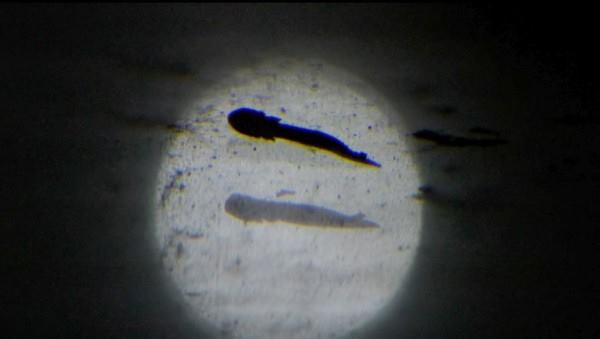Universities across Canada are right now studying caribou pellets for different reasons.
There are lots of different ways to learn about an animal. One way to gain lots of information is looking at their “poo’ – what researches call “scat’ or “fecal pellets.”
Biologist Jen Shuter from the Ministry of Natural Resources biologists and ecologists says:
We can learn a lot about caribou from their feces! Researchers like me can get DNA samples from cells that rub off on fecal pellets as they pass through the animal. We can find out about who they are related to, what they eat and about parasites they may have.”
The main advantage of collecting fecal pellets over other types of sampling is that it’s not invasive. Animals don’t have to be disturbed to collect the samples and biologists have the potential to survey many more caribou than they could analyzing their poo rather than through invasive methods such as blood samples.
Strangely enough, caribou fecal pellets look a bit like dark-chocolate-covered raisins, so they’re easy to distinguish from the fecal pellets of other members of the deer family (e.g., moose and white-tailed deer), which are generally larger, rounder and lighter in colour. The fecal pellets are collected by the same crews that go out and collar these animals, or by other ministry staff when they’re doing fieldwork. Pellets are collected, packaged and shipped to a variety of researchers who analyze them.
Researchers at Trent University’s Natural Resources DNA Profiling and Forensic Centre are analyzing caribou DNA from pellet samples. They’re trying to answer questions like:
What are the relationships between different groups of caribou?
Do the same individuals return to specific calving or wintering areas in multiple years?
Researchers at the University of Calgary’s Faculty of Veterinary Medicine are analyzing parasitic larvae extracted from caribou pellets to better understand the levels of parasitic infection amongst caribou in Ontario.
The results of these diverse research efforts will help us gain a better understanding of caribou population structure (e.g.the level of interactions between different groups), habitat use, feeding habits and parasitic infection levels.
h/t: Ontario Ministry of Natural Resources




